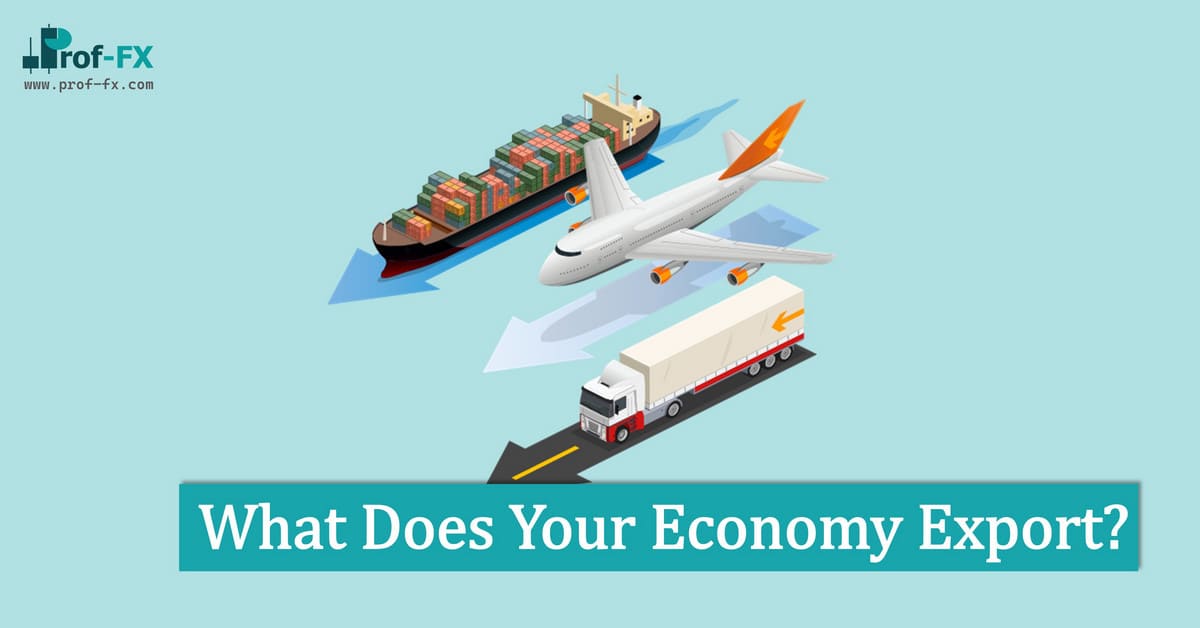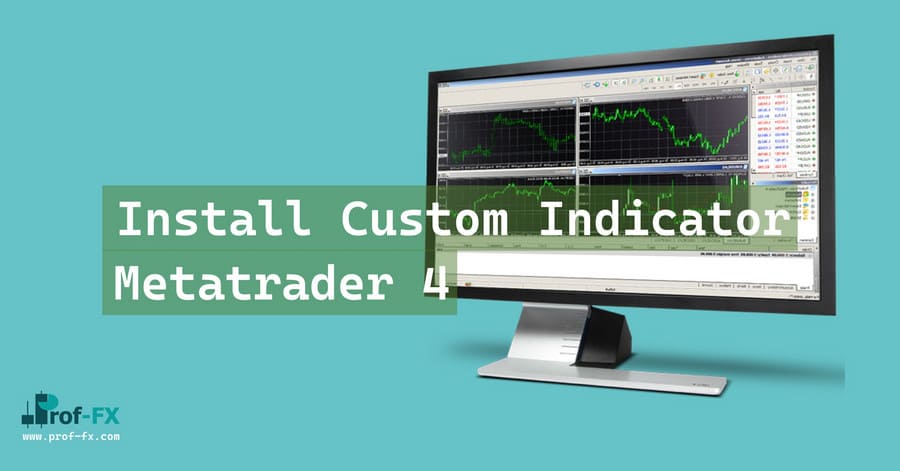Why do we care what goods or services a country exports? We care because if we know the primary goods and services that a country exports, we know what markets and prices we need to be paying attention to for signs that demand for the local currency may be changing.
For instance, New Zealand is a major exporter of dairy products everything from butter and cheese to milk and milk powder. Knowing this tunes you into the fact that you should be watching dairy prices.
If dairy prices go up, importers will have to exchange more of their local currency and buy more New Zealand dollars in order to buy the same amount of dairy products.
This is likely to drive down the value of the local currency by increasing the supply of that currency on the market and drive up the value of the New Zealand dollar by increasing the demand for that currency.
The opposite is also true. If dairy prices go down, importers will have to exchange less of their local currency and buy fewer New Zealand dollars in order to buy the same amount of dairy products.
This is likely to drive up the value of the local currency by increasing the supply of that currency on the market more slowly and drive down the value of the New Zealand dollar by decreasing the demand for that currency.
You will find that this method of analysis is especially useful when evaluating the currencies of countries with commodity-based economies, such as Australia, New Zealand, and Canada, among others.
As we walk through and classify the goods and services that a country exports, we will be using the classification system used by the World Trade Organization (WTO), which divides goods and services into the following groups:
Merchandise Trade
- Agricultural products
- Fuels and mining products
- Manufactures
Commercial Services Trade
- Transportation
- Travel
- Other commercial services
Agricultural products: Food and raw materials.
If you see that a majority of a country’s merchandise exports come from this group, you know that the currency is going to be sensitive to changes in agricultural commodity prices.
Fuels and mining products:
Ores, minerals, fuels, and nonferrous metals. If you see that a majority of a country’s merchandise exports come from this group, you know that the currency is going to be sensitive to changes in energy and other commodity prices.
Manufactures:
Iron, steel, chemicals, machinery, textiles, clothing, and other consumer goods. If you see that a majority of a country’s merchandise exports come from this group, you know that the currency is going to be sensitive to changes in business and consumer sentiment in the destination countries.
Transportation:
Airlines, trains, buses, and so on. If you see that a majority of a country’s commercial services exports come from this group, you know that the currency is going to be sensitive to changes in business and consumer sentiment in the destination countries.
Travel:
Tourism. If you see that a majority of a country’s commercial services exports come from this group, you know that the currency is going to be sensitive to changes in employment rates and global threat levels.
Other commercial services:
Communication, construction, insurance and financial services, royalties, and license fees. If you see that a majority of a country’s commercial services exports come from this group, you know that the currency is going to be sensitive to changes in business growth and expansion.
To Whom Does Your Economy Export?
Why do we care to whom a country exports its goods and services?
We care because keeping an eye on the economic health of the countries that are importing goods from the country you are analyzing can tell you a lot about the future demand for those same exports.
For instance, Australia exports more goods to China than to any other country. Another way you could say the same thing is, China imports more of Australia’s goods than any other country does.
Either way, you say it, you know that China is an incredibly important trade partner for Australia.
Knowing this, you can keep an eye on China’s GDP, employment rate, manufacturing data, and myriad other economic indicators and get a sense of whether China is going to continue to import as much from Australia in the future.
If the economic data coming out of China look strong, Australian exports to China are most likely going to remain robust, and demand for, and therefore the value of, the Australian dollar should remain high.
If the economic data coming out of China looks weak, Australian exports to China are most likely going to decline, and demand for, and therefore the value of, the Australian dollar should pull back.










